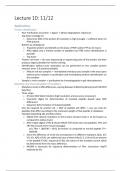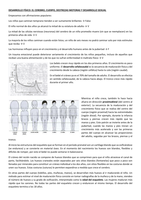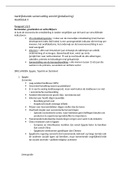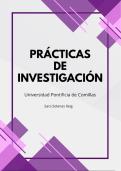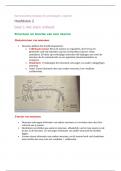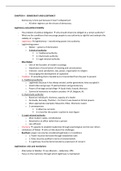Samenvatting
Samenvatting Les 10 'Applications'
- Vak
- Instelling
Dit document omvat de info van de slides plus mijn lesnotities van les 5 van concepts, gegeven door Xaveer Van Ostade. De lessen van Kurt Boonen (Les 2,3,4 en 8) heb ik ook, maar de notities staan op de slides. Moest je hierin ook geïnteresseerd zijn, mag je me altijd contacteren via messenger :))
[Meer zien]
